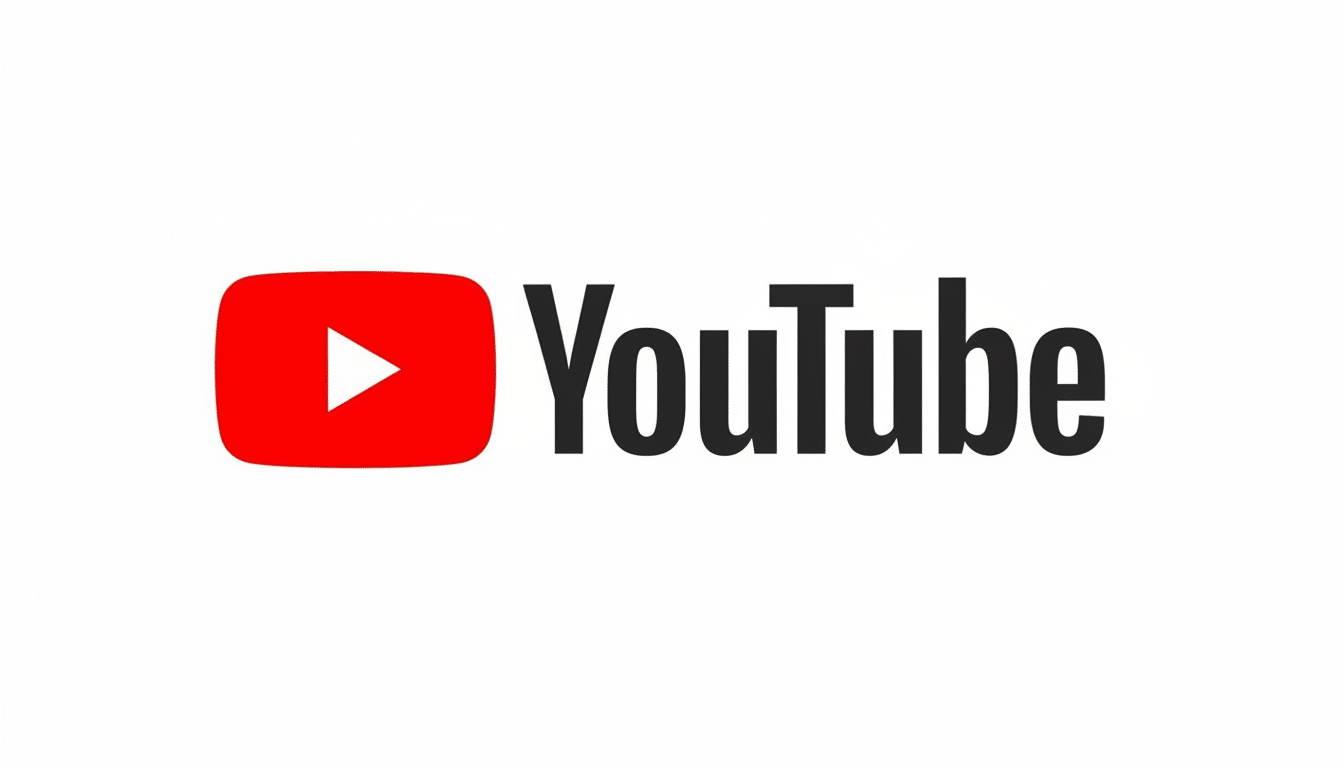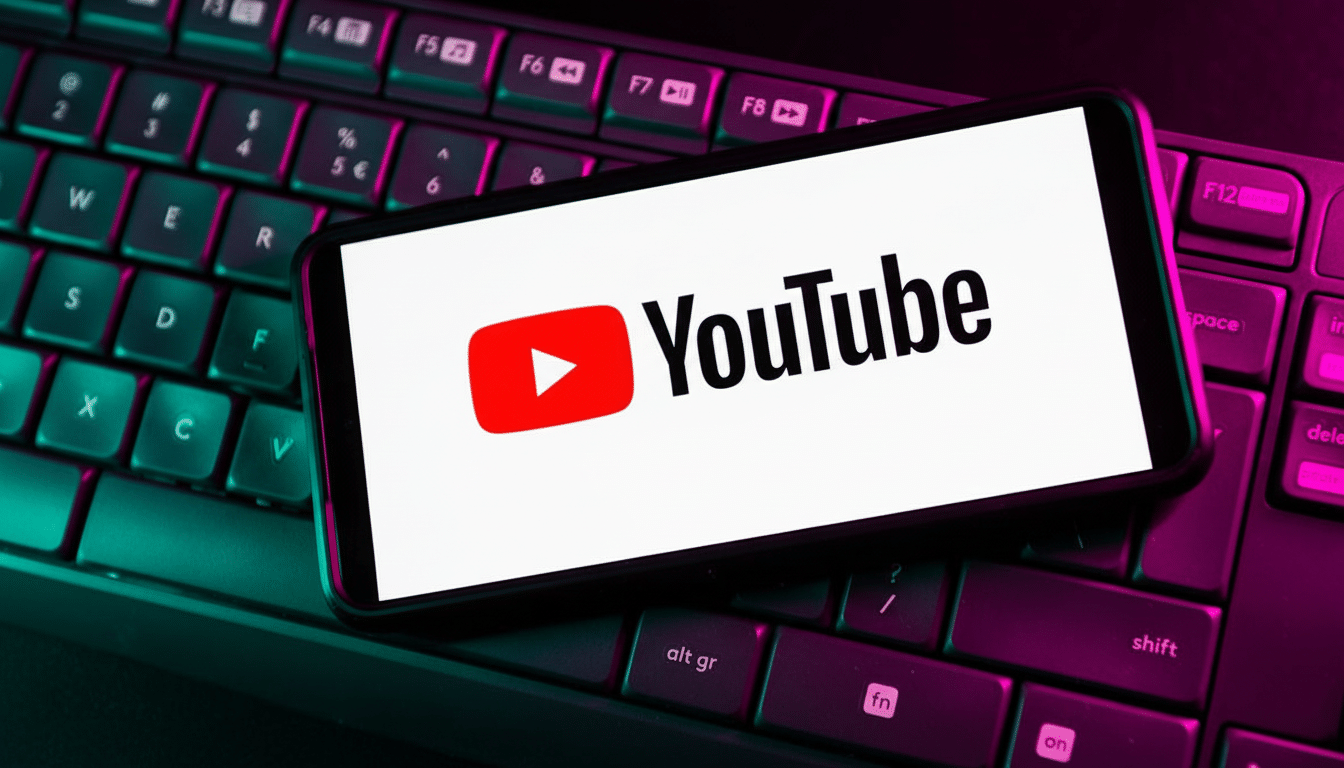YouTube is rolling out an extensive visual overhaul of its desktop site and mobile app, which includes a dark theme as well as a more superficial, cleaner look designed to ensure that video watching, jumping through videos, or changing the channel happens with less nudging and poking. The company claims the update provides a more immersive player, smoother transitions on phones, and more lively feedback when you tap, like, or navigate.
With over a billion hours watched each day and logged-in users numbering in billions worldwide, even small adjustments to the interface can shape how people find and interact with content. This rollout, which comes after some users have seen tests of the feature in recent weeks, standardizes the interface across platforms while maintaining the video as front and center.
- A Cleaner, More Immersive Player That Reduces Clutter
- Smoother Navigation on Mobile with Gentle Transitions
- More Expressive Interactions with Subtle Haptics and Animations
- What Viewers and Creators Can Expect from the Update
- Why the Redesign Is Relevant Now Across Screens and Formats
- Rollout Details for Web, Mobile Apps, and Connected TVs

A Cleaner, More Immersive Player That Reduces Clutter
Now the updated player is stripped of visual clutter so that the video stays front and center. Controls are being rearranged with updated icons and more breathable spacing that hide less of the frame when they come up. Look for a subtler progress bar and overlays that fade away sooner, which should make it feel like the controls are less intrusive.
YouTube also improved its double-tap seek gesture. If you miss something or need to jump back a few seconds, the usual skip-forward and -back commands now elicit an onscreen response that’s less annoying, with clearer progress markers and smoother motion. Their goal is to make it easier for viewers to navigate longer videos or live streams without breaking the thread of watching.
Smoother Navigation on Mobile with Gentle Transitions
On phones, toggling between Home, Shorts, and Subscriptions is supposed to feel smoother. The transitions are also more gentle and the visual language is more consistent with Google’s latest design guidelines. Subtle animations and better touch targets should also help reduce errant taps and allow users to continue to context-switch across tabs.
These are small changes, to be sure, but increasing the speed and clarity in increments can mean a tangible difference in session length and satisfaction. Smooth transitions are also something platforms often find help decrease abandonment in the first few seconds of a session — that’s important both for short-form consumption, but also when people decide they want to come back and watch longer videos after taking a quick detour.
More Expressive Interactions with Subtle Haptics and Animations
YouTube is biasing toward a more animated, reactive physical feedback experience when interacting with the app. Likes, subscribes, and other important actions are benefiting from richer micro-animations and, on supported devices, subtle haptics. The aim is to create a more satisfying sense of engagement without making the interface sluggish or distracting from playback.
That “expressiveness” reflects broader currents in social and streaming apps, where short visual flourishes reassure users about their actions and direct attention. Done right, these cues cut down on errors and make the experience feel slick; done poorly, they can seem like gimmicks. It seems like YouTube is preferring subtle movement and less intense effects.

What Viewers and Creators Can Expect from the Update
What viewers are going to notice first and foremost is that the player gets out of the way faster, and controls are easier to read at a glance.
On TVs, you’ll see clearer iconography from the couch and navigation that takes fewer directional clicks. On mobile, you should notice that the app feels snappier when navigating (changing context) or scrubbing on a video.
Creators can expect to see minor changes in overlay appearance. By not having the new controls cover as much of the frame, things like lower-thirds, captions, and end screens would be less likely to have conflicts. It’s a good idea to still look for safe zones at the bottom and around the edges of video, particularly considering text-heavy intros — so they can be read on both phones and TVs.
Why the Redesign Is Relevant Now Across Screens and Formats
Streaming is ever more of a living-room experience, and YouTube’s use on connected TVs is also growing, according to the company’s public reports. Introducing visual consistency across screens also lessens cognitive load as viewers move from phone to TV to laptop, the stage at which nearly all cross-device drop-off occurs.
There’s also a competitive angle. With rapid-fire short-form formats and the rush of live broadcasts on the rise, quick, unobtrusive controls have become table stakes. A cleaner player and smoother actions could help increase completion rates and make long-form content feel less intimidating to both the viewer and uploader.
Rollout Details for Web, Mobile Apps, and Connected TVs
YouTube says the new look is rolling out worldwide for web, mobile apps, and TV. For most users, there’s nothing to update apart from the latest version of the app and changes will gradually appear automatically as the rollout continues. Features could arrive at different times based on region and device, so not everyone will see them right away.
Like previous redesigns, YouTube will probably iterate based on feedback. If you do a lot of precision scrubbing, or switch tabs often while watching content, the improved seek and transitions are what you’ll notice first. For everyone else, the ultimate potential success might even be that the interface recedes into the background.

